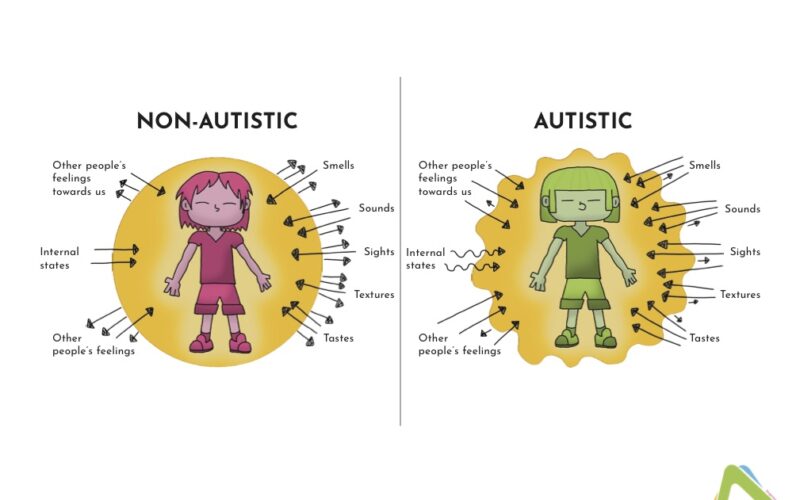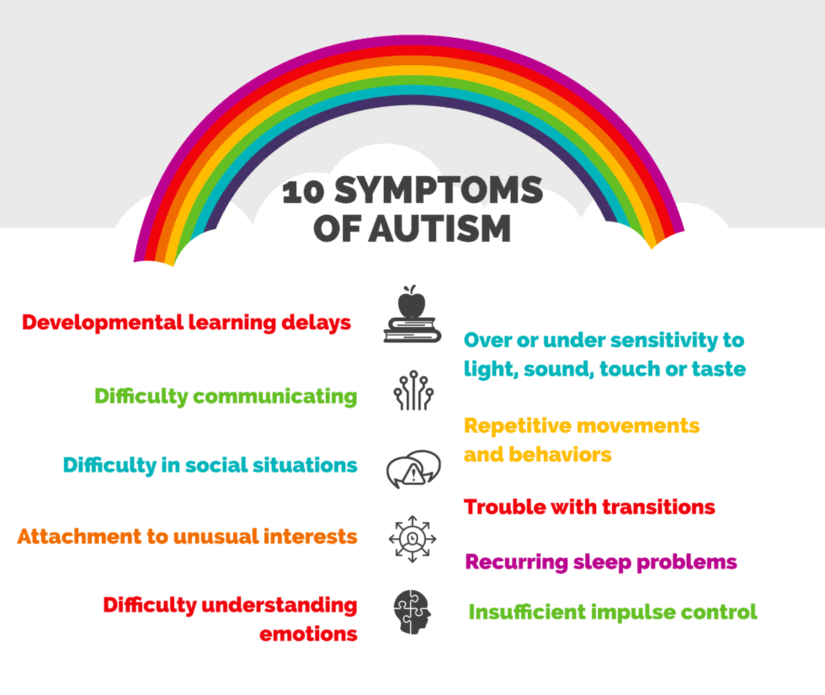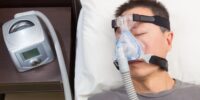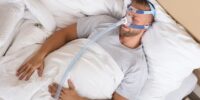What is Autism. Definition, causes and treatment

Autism, also known as Autism Spectrum Disorder (ASD), is a neurodevelopmental disorder that affects social interaction, communication, and behavior. It is called a “spectrum” disorder because the symptoms and severity of autism can vary greatly from person to person.
People with autism may struggle with social skills, have difficulty understanding nonverbal cues, and may have limited interests or repetitive behaviors. They may also have trouble with verbal communication and may use language in a way that is unusual or repetitive.
Autism has devastated more families this generation than any natural disaster. It is likely that you or someone you know has a child with autism. The typical autistic child starts life as a seemingly normal child until about 18 months when the stereotypical behaviors of spinning, loss of speech and abnormal behavior surface.
Once consulted, the pediatrician may refer to specialists, such as psychiatrists, to verify the diagnosis. Treatment can include Occupational, Speech, and Physical Therapy. According to the latest research, an integrative approach may be the best route to treat and cure Autism. The neurological clues and research behind the latest methods for treating this devastating disorder are now available.
Growing numbers
Autism has sky rocketed in the last 20 years from 1 in 1000 to 1 in 150 births. The incidence has increased 1400%. The severity of autism spans from the thoroughly unaware hand flapping to the mildly obsessive or sensory sensitive child who over-reacts to touch, sounds or lights. These all fall under the spectrum of disorders which may get different labels depending on various symptoms: Autism, Pervasive Developmental Disorders, Obsessive Compulsive Disorder, Non Verbal Learning Disability, Sensory Integration Dysfunction, and Asperger’s Syndrome. What these groups of people have in common is an inability to regulate their nervous system.
Diagnosis for Autism
The diagnosis for Autism includes symptoms such as difficulty in communication, social interactions and limited ability to attend or divide attention. Autistic individuals might also exhibit these typical body movements: rocking, flapping hands or spinning objects. The Asperger diagnosis applies to children who have poor social awareness but have communication skills.
Difficulties in the ability to attend to the environment could result in either Attention Deficit or Obsessive Compulsive Disorders, which are opposite extremes: one not able to attend while the other is not able to move on to another topic. Sensory Integration Dysfunction is when system over-reacts or under-reacts to the physical sensations of smell, sight, touch, and sound. We all have transient feelings of Sensory Integration Dysfunctions which occur when we are overly tired, have a headache, or encounter a texture that sets off a gag reflex but, unlike those with true sensory issues, we are able to self-regulate.
Causes of Autism
Theories on the causes of Autism:
- Autism as a failure to relate
- Autism as a sensory neurological deficit
- Autism as a brain difference
- Autism as a genetic factor
- Autism as an autoimmune disorder
- Autism as a toxin overload
- Autism as Barrel Theory
Children with Autism do not have a typical response to social interactions. They often do not make eye contact, smile, or return the facial expressions to indicate interests, social cues or reward that fosters bonding. One theory is that the area of the brain that recognizes faces is impaired in children with Autism. This failure to relate leads to a downward spiral of poor bonding and social skills. Dr. Stanley Greenspan advocates play and heightened emotions as a route to engage and improve children’s ability to learn and interact.
Autism has been theorized to be a reaction to severe overload of sensory information. These children are possibly so overwhelmed by the information of the senses that they shut down to protect themselves. Jean Aryes, an Occupational Therapist, studied children with adverse reactions to the normal senses. She believed that the brain could be changed by altering the types of external stimulation.
According to Sensory Integration Theory, the central nervous system takes all sensations and sends them to the right part of the brain. When there is sensory traffic, the brain over-reacts with pain response or fight or flight reaction. This sometimes results in temper tantrums, an overwhelming need to move, run, flap hands, or spin around. Sensory Dysfunction is also linked to events such as birth trauma, difficulty breathing, and a poor Apgar score, a number from 0-10 which indicates the physical state of a newborn shortly after birth.
Neurological brain dysfunction
PET, EEG’s and CT scans all support the theory of Autism as a neurological brain dysfunction. Functional imaging is pioneered by Dr. Daniel Amen of California who targets his medications to the areas of the brain that show decreased activity. Occupational Therapists ( OT) proposed neuro-plasticity in the early 1970’s by Jean Ayres and built the Sensory Integration Theory based on her experience and research. In the early 1990, an Icelandic Occupational Therapist by the name of Guðrún Árnadóttir developed a test that helps to localize the area of the brain which produces behaviors such as poor visual recognition, repetitive motion or getting stuck on one topic.
Another OT, Josephine Moore was able to relate the areas of the brain and functions to the Sensory Integration Dysfunctions. This helped OT’s to target treatments to enhance strengths and minimize deficits. The area of the brain affected in the Autistic Spectrum is the lateral temporal region. This area houses the emotional centers and the cingular gyrus which allows attentiveness, switching attention from one topic to another, and keeping two focuses at the same time. Visual, motor and social cues are also processed within the lateral temporal region. More and more evidence points to poor blood and electrical flow in that area of the brain as the cause of Autistic Spectrum behaviors.
How about genetic factor
Autism may have a genetic factor; Many families have more that one child with the disorder. The likelihood of having another Autistic child increases to 14.5% if the first Autistic child is a girl but only increases to 7% if your first Autistic child is a boy1. These statistics are frightening, but there may be other factors that contribute to familial expressions of Autism. This recent epidemic speaks of more than genetics, as the human gene does not mutate at this rate or with that amount of regularity.
A study done on cats over three generations showed that Autistic like behaviors developed when nutrition was deficient.2 Families may share the same environments and other risk factors that produced a child with Autism. Expression of genes can also be activated by stress, leading to each child’s chances being different. Parents who have experience with their first child who has Autistic Spectrum Disorders are able to recognize and intervene with the subsequent children at an earlier age.
Pediatric Autoimmune Neuro-Psychiatric Disorder (PANDAS)
Autistic behaviors with obsessive compulsive components have been strongly tied to auto-immune disorder reactions. The body can become sensitized to various cells and begin to attack them as if they are invaders. One reaction to streptococcus infections is an autoimmune attack on the brain cells.
This syndrome is called Pediatric Autoimmune Neuro-Psychiatric Disorder associated with Streptococcus (PANDAS). After an infection, the child will start display tics, attention disorder, obsessive compulsive symptoms, and cognitive inflexibility, sharing many symptoms with autism. Auto-immune diseases are reaching epidemic proportions as Lupus, Fibromyalgia, Diabetes, and allergies becoming more commonly diagnosed.
Immunizations and vaccines
Immunizations for childhood illness have increased from 6 or so in the 1950s to over 60 by the time children are 5 years old. New vaccines and immunizations are created and marketed to us every year, sometimes with very minimal testing. Many of these vaccinations contain a form of mercury as a preservative, the toxin aluminum, and other ingredients. Controversy surrounds the immunization of children and the concurrent symptoms of Autism, with research supporting both sides.
Autism as a metallothienon syndrome is specific to heavy metal metabolism. Symptoms of metal poisoning are eerily similar to Autism symptoms. Autism as a toxin overload is a theory that started heated debates with proponents advocating the purist approach of no immunizations, to those who believe there is no relationship between the two factors. The truth may lie somewhere in the middle.
Heavy metals in the environment enter our system via food, air, contact, and medical treatments may be contributing to the toxin load that we have to deal with. Any toxins in our environment eventually have the greatest impact upon the top of the food chain due to bioaccumulation. Humans are the top of the food chain, and fetuses are exposed to toxins in utero. As soon as they are born, babies are subject to the same environmental pollutants as we are, and it is shortsighted to only look at immunizations as a source of toxins. We need to examine every source, such as the materials we build with or where our foods come from and what we do to prepare them. The simple thing act of washing our fruits and vegetables could be vital to our health.
Barrel Theory of Autism
This leads us to the Barrel Theory of Autism. Like a barrel that overflows with enough contents, Autism may be the result of reaching our body’s tipping point. For example, a child who is diagnosed with Autism may have many factors that contribute to the condition. The mother might have had a high toxin level affecting the fetus. Birth may be difficult and prolonged, leading to constrictions in the cranial system. The newborn is usually immediately inundated with immunizations and antibacterial medications all containing a variety of chemicals and inert ingredients. Getting an immunization during a weakened state can lead to overloading the child’s immune system which might lead to autoimmune dysfunctions such as allergies, asthma, and eczema.
As science makes our foods more attractive and less nutritious, we ingest thousands of new chemicals, and we are quickly developing a wide array of illness from allergies to autism. What can we do to cure this syndrome? Based on the theories of the causes of Autism, we can do many things that contribute to the overall health of our children and to preserve our reproductive future.
Treatments which impact the brain, improve alertness, digestion, and decrease toxic load will all address the symptoms of Autistic Spectrum Disorders. A good assessment from an experienced Occupational Therapist can help to identify systems that are stressed. Any treatments that help to decrease the load on the body will help the lower the level of stress to the child and family struggling with Autistic Spectrum Disorder. The following are direct techniques that make changes to the nervous system:
- Occupational Therapy using the Sensory Integration approach will give a clear evaluation of strengths and weaknesses of a child’s sensory processing. Sensory Integration is rarely done in pure form, but the sensorimotor approach is standard for many OT’s who are able to calm, regulate or increase alertness with play-based sessions.
- OT’s can provide parent education in reading the signs of Sensory Integration, providing a tool to take home and better manage the child’s reactions to his environment. Occupational Therapists have also been impacting the peripheral nervous system with a deep pressure from a brush applied deeply and evenly to the body.
- The theory is that the deep receptors of the tendons are fired, releasing endorphins from the brain much like a runner’s high. Play based treatments with lots of movements activate the brain and increases affect. Visit www.ilota.org , and www.sensory-processing-disorder.com for more information.
Cranio Sacral is a gentle hands-on technique which directly changes the pressures of the fluids of the brain. Studies have shown that the gentle pressure applied on the head and the body can have significant changes in breathing, relaxation, circulation, and emotional health. Cranio Sacral addresses the body’s influence on the brain which is often underestimated, yet vitally important. The brain is much like the old fashion barometer which responds to the pressure on the body with increased tension. If pressure builds, the cranial fluids become immobile, often resulting in increased sensitivity to light, smell, sounds and poor regulation. To stimulate their own cranial system, children will often make noises, grind their teeth, react with constant movements or hit themselves. Cranio Sacral can lessen the symptoms of hyperactivity, sensory integration dysfunction, and birth traumas. For more information visit www.Upledger.com.
Visceral Manipulation
Visceral Manipulation makes changes in the brain due to the nerve impulses in the organs. When the body is gently manipulated, the change in tension of the soft tissues is received by the brain as feedback. An example of such a treatment is chronic constipation that may be caused by inflammation of the large intestine, possibly due to an auto immune response or allergy to gluten. The large intestine may be swollen and pressed against the pelvis, unable to move normally. Gently pulling the intestine away from the pelvis can improve mobility and function.
Since 90% of the neurotransmitter for relaxation and happiness, called serotonin, is made in the gut, the brain benefits greatly. With the regained ability to make serotonin, the patient has the physical ability to be happy. If the pelvis is freed up to move properly, gait improves which decreases pain and tension along the whole body. It is not unusual for the body to continue to process these changes for weeks after a single treatment, due to the domino effect that visceral manipulation can have on the body and the brain. Some of the common results are improved posture, better mood, speech, alertness, better organ system function, and ability to clear toxins from the body. Specific training in these techniques is required, see www.barralinstitute.com for more information.
Detoxification and testing
Heavy metal detoxification and testing can be done at the Pfeiffer Treatment Center (http://www.hriptc.org/main_PTC.html). The Genova Diagnostics Laboratory, formerly known as Great Smokey Mountain Laboratory, is a good resource for testing to verify metal (http://www.genovadiagnostics.com/index.php?option=com_gpanel&Itemid;=2&nav;=test) levels, nutritional status and genetic predispositions. Laboratory findings can give a clear direction as to the stress the digestive and central nervous system is under. Treatments can then be individualized for your child. Some herbal and dietary supplements can assist in clearing Mercury, one example being Cilantro. One should always clear heavy metals with a concurrent treatment of anti-bacterial and anti-viral supplements because heavy metals, bacteria and viruses are often encapsulated together in the lymphatic system. Pulling the heavy metals out will leave the bacteria and virus loose in the body and may cause recurrent illnesses. Reducing the toxin load can lead to better digestion, improved mood, better speech, and improved regulation of the sensory system.
Samonas listening program is based on the effects of vibrations through musical instruments reproduced as purely as possible. These classical music collections are played through special headphones to affect the auditory system at a cellular level, enhancing brain circulation, making new pathways and regulating mood. This system has been researched by Ingo Steinbeck and is used for learning disabilities, attention deficit hyperactivity, speech & language, communication, memory & information processing, focusing & organization spatial & bilateral organization, task management and motivation disorders. Improvements in sleep, urinary control, speech, and mood regulations have been documented. Only a specially trained therapist can prescribe and purchase the products. See www.samonas.com for more information and to find a qualified therapist.
Pharmacology and medical treatments, once seizures and other medical diagnosis are ruled out, can assist Autistic Spectrum patients. Having a good image of what is happening in the brain with a functional scan (PET or EEG) can help doctors to be more specific in targeting the areas of the brain most impacted. Any treatment that helps lower the stressors on the child and the family will decrease the symptoms. The techniques covered above are the ones that have a direct impact upon the central nervous system. Many natural and holistic techniques such as Acupuncture, are not covered here, but are still effective because they positively impact the body which will create changes in the central nervous system. The important criteria is to determine if a child with Autistic symptoms has improved over time, is just keeping up, or is falling behind. Treatments should allow a child to improve faster than normal growth development if they are to be effective.
If we apply the latest neurological research and treatments and we can cure Autism now.
1. http://www.nytimes.com/1989/08/24/us/health-autism-study-finds-a-higher-risk-of-recurrence-in-families.html
2. http://www.westonaprice.org/nutritiongreats/pottenger.html
3. Nakazawa, Donna Jackson, The Autoimmune Epidemic, Simon & Schuster, New York, 2008.
4. Marohn, Stephanie, The Natural Medicine Guide to Autism, Hampton Roads Publishing Company, Inc, Charlottesville, VA, 2002.
We encourage reproducing our articles as long as you link back to this page.
by Malina Chin











